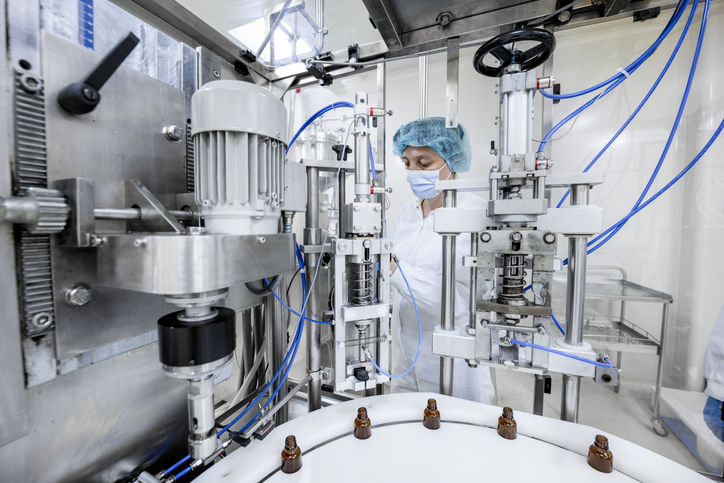In manufacturing, intensification is an attractive idea. The ability to make more product, for less, using fewer resources, makes economic sense. In practice, however, it is a complex undertaking that involves rethinking all parts of the process.
Courtney Hazelton-Harrington, a senior R&D scientist at Lonza Biologics, looked at process intensification in a new study and found that analytical technologies with the capacity to operate at high-throughput are a key component.
“Bioprocess intensification means making biomanufacturing more productive, efficient, and sustainable, using continuous processes and advanced technologies to produce more product per unit space, time, and cost,” she told GEN after her presentation at the BioConferences International Conference in Boston. “Process analytical technology (PAT) assists by providing real-time data on critical process parameters and enabling better control, faster analysis, and improved understanding of how different variables influence the process, which is crucial to developing and scaling intensified processes effectively.”
And an effective PAT strategy is vital for all parts of the manufacturing process, from upstream culturing steps to separation operations downstream.
“Upstream tends to receive more attention due to the tangible benefits of increased productivity in upstream processes, but improved downstream processing, with a focus on continuous operations to minimize batch operations, offers significant advantage from the perspective of speed,” she continued.
Downstream focus
With this in mind, Hazelton-Harrington worked with technology supplier Sartorius to see if Raman spectroscopy (an optical real-time analytical technique) could improve a downstream process. Specifically, they tracked fluctuations in product and sucrose concentrations in a lab scale ultrafiltration/diafiltration purification step.
“Using an inline PAT like Raman, which can provide information about multiple process parameters, reduces the reliance on offline analytics and aids in speeding up the downstream process train,” she explained. “Sartorius allowed us to trial the single-use flow cells that they are developing for our application. Although we could have imagined using an immersion probe to facilitate the same work, a flow cell will integrate more easily into continuous and integrated processes, which is more advantageous for us in terms of future projects.”
And the results to date are encouraging.
Hazelton-Harrington told us, “Thus far, we have shown how inline Raman monitoring can effectively monitor protein and excipient concentrations with the help of a robust model. We also have interest in further developing the model to detect other quality attributes during the UF/DF process and determining whether this model can be adapted to our chromatography processes.”

